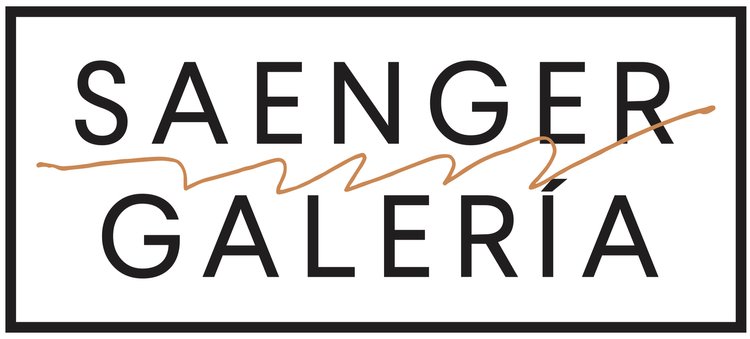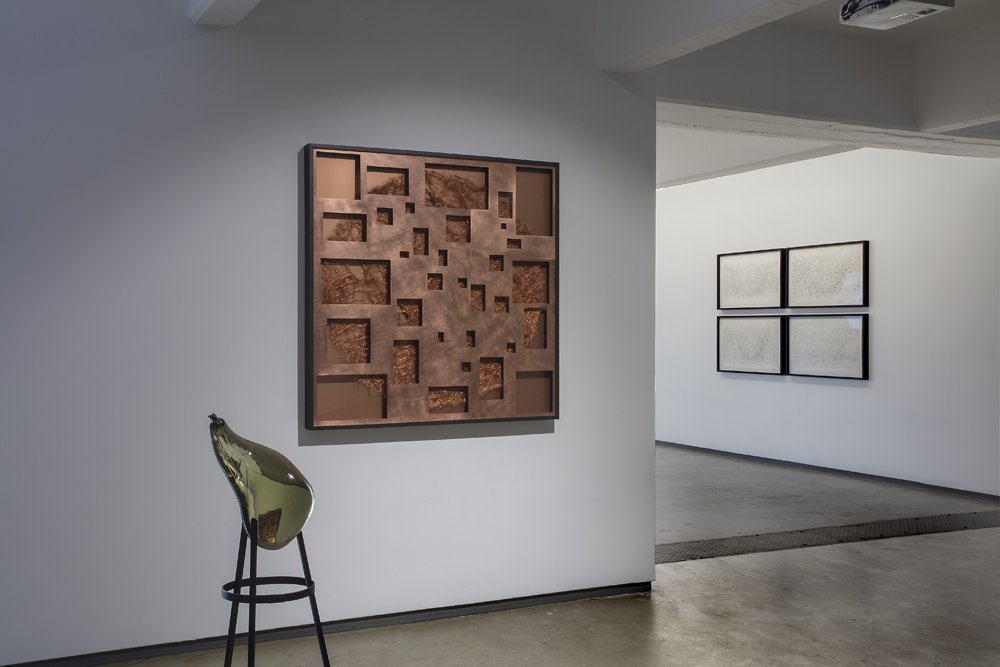TODO EN TODO POR TODOS LADOS TODO EL TIEMPO
ALE DE LA PUENTE
Installation View @ SAENGER GALERÍA, 2023. PH. Francisco Kochen
D/L PRESS
“Tout est dans tout partout tout le temps.”
Marguerite Duras, Le camion (1977)
La separación artificial entre ciencia y arte ha vivido, si es que algún día ha tenido sentido. Existen más y más programas que asocian científicos y artistas. Ale de la Puente realizó varias residencias en el ámbito científico de las cuales rescato su colaboración con el CERN (Centro Europeo de Investigaciones Nucleares) en Geneva en octubre de 2016 y su mes de navegación cinco años después en el mar de Cortés sobre el buque de investigación oceanográfica RV FALKOR. Lidió con astrofísicos y matemáticos a lo largo de su trayectoria, pero también con carpinteros, compositores, escritores, herreros, filósofos, mezcaleros, jardineros, músicos y poetas por nombrar algunas de sus complicidades más relevantes. Vivimos una época extraña que llama más que nunca el dialogo, el intercambio y el compartir. Tomar como punto de partida lo que tenemos en común para esperar alguna epifanía parece ser lo más indicado y cuando lo que sucede en la superficie del planeta molesta demasiado, queda escaparse bajo tierra, bajo el agua o simplemente mirar hacia el cielo, no para perdernos sino más bien para encontrarnos y ubicarnos.
Cuando abordamos temas relacionados con el universo encontramos rápidamente la inalienable pareja del espacio: el tiempo. Tenemos todos en mente este milagro que hace que podemos percibir en el presente algo que en realidad ya cesó de existir. Quiero hablar de ciertas estrellas de las cuales vemos la luz aunque sean apagadas al instante de nuestra visión: la estrella murió durante el largo tiempo que necesitó esta luz para alcanzarnos. Tiempo y espacio son convenciones muy enigmáticas frente las cuales hay que ser prudente. Gordon Matta-Clark, un “héroe” del arte contemporáneo de los años 70 del siglo pasado, decía no saber “qué significa la palabra ‘espacio’. Sigo utilizándola. Pero no estoy seguro de qué significa.” (Entrevista con Judith Russi Kirshner, Chicago, 13 de febrero de 1978). Ale de la Puente podría anacrónicamente replicar a Matta-Clark que “la incertidumbre del espacio se apodera en la duda al estar navegando tan sólo en el tiempo.” (los pies en el agua y la mirada en las estrellas esperando el relámpago, Editorial Turner, 2018, p. 83)
Veinticinco obras producidas entre 2010 y 2023 se reunirán en un volumen fragmentado para evocar nuestro planeta y este enigmático cosmos lleno de constelaciones, galaxias, agujeros negros, meteoritos, estrellas y sistemas solares: registros de fenómenos y acontecimientos, gráficos de movimientos celestes, artefactos que invocan el magnetismo que nos envuelve, sin olvidar la presencia fiel de un satélite, testigo silencioso de un pequeño planeta azul, frágil trompo en revolución, infinitamente en revolución.
—Michel Blancsubé
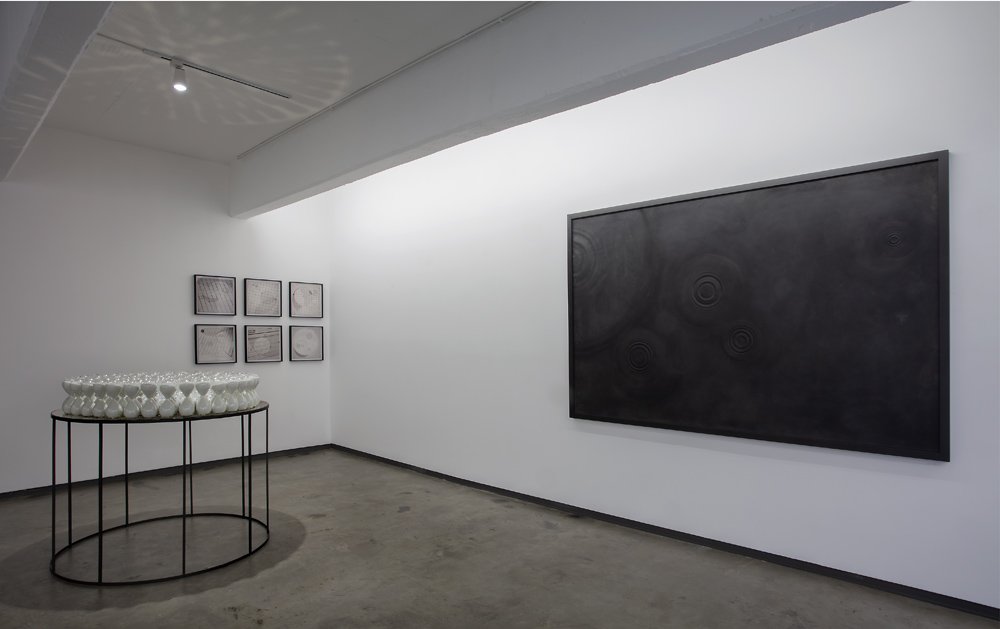
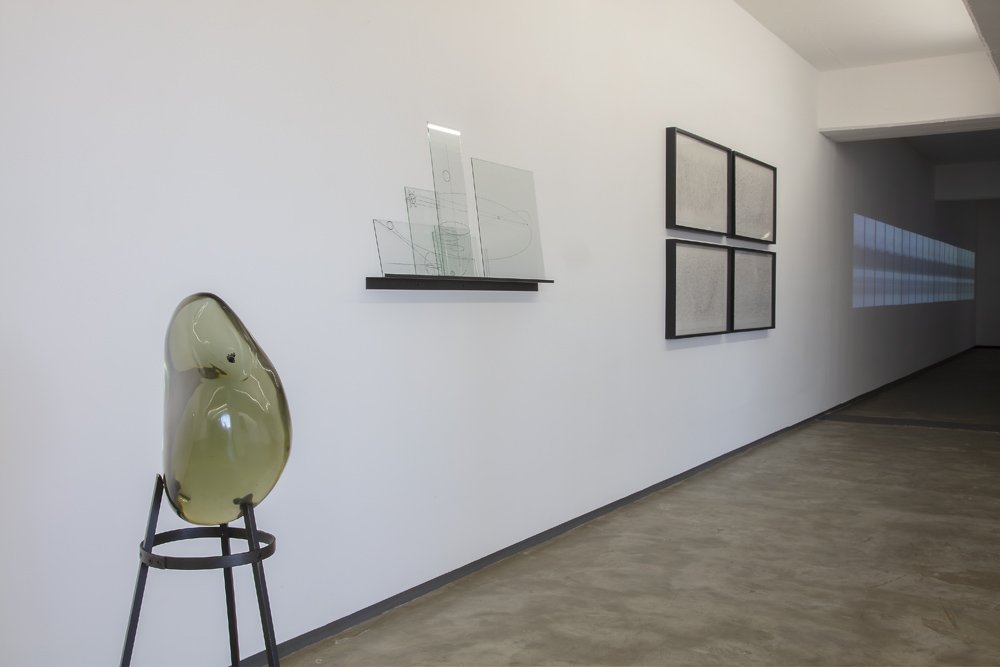
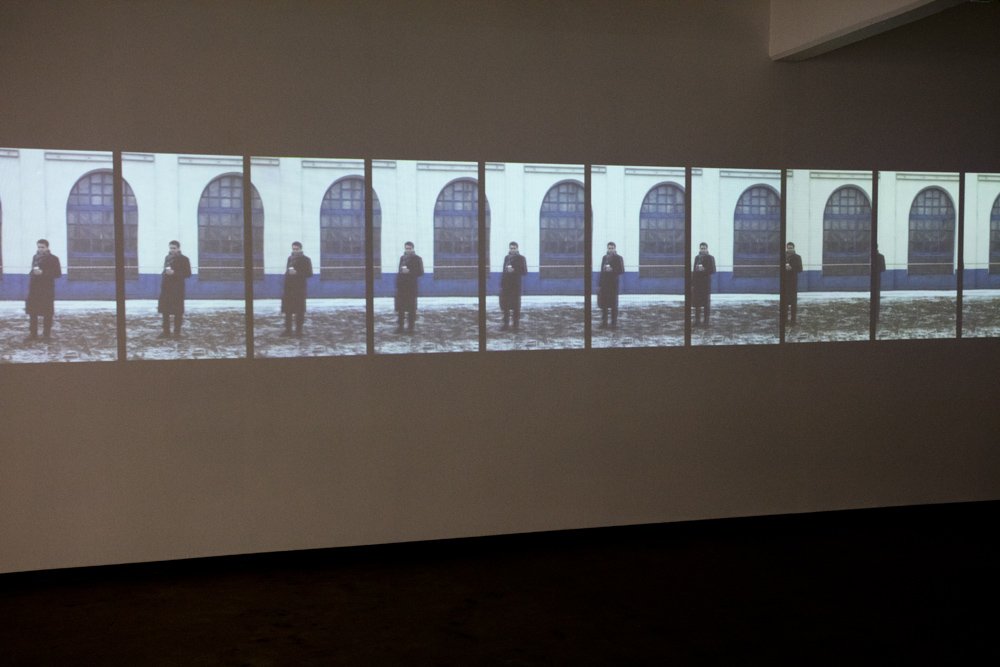
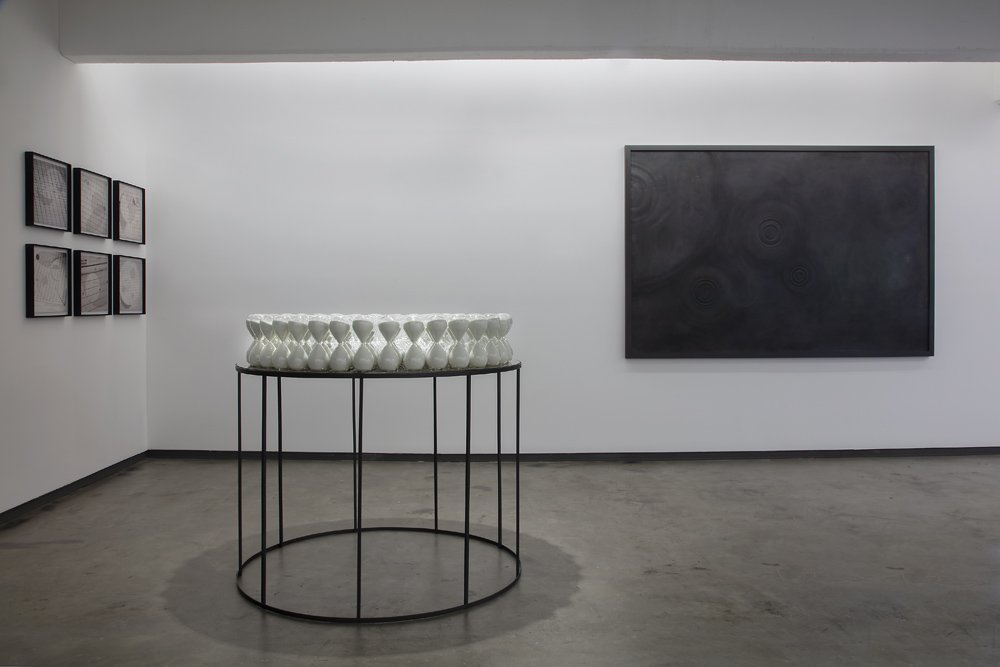
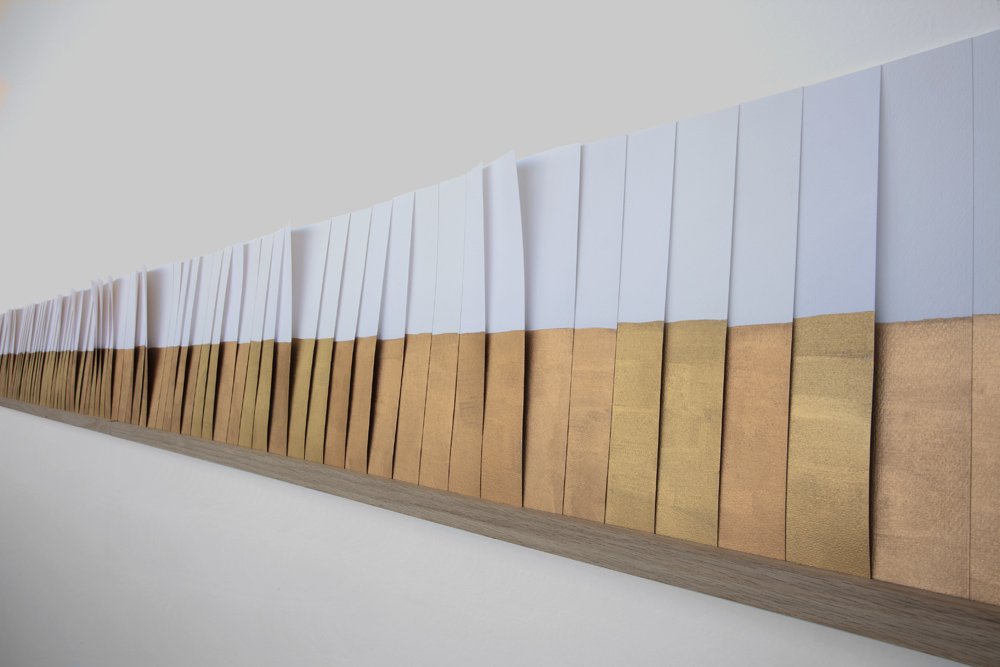
“Tout est dans tout partout tout le temps”
Marguerite Duras, Le camion (1977)
The artificial separation between science and art has lived, if it ever made sense. There are more and more programs that associate scientists and artists. Ale de la Puente carried out several residencies in the scientific field, of which I highlight her collaboration with CERN (European Center for Nuclear Research) in Geneva in October 2016 and her month of navigation five years later in the Sea of Cortez on the oceanographic research RV FALKOR ship. She dealt with astrophysicists and mathematicians throughout her career, but also with carpenters, composers, writers, blacksmiths, philosophers, mezcaleros, gardeners, musicians, and poets to name a few of her most relevant complicities. We live in a strange time that calls more than ever for dialogue, exchange and sharing. Taking what we have in common as a starting point to wait for some epiphany seems to be the most appropriate and when what happens on the surface of the planet bothers us too much, it is left to escape underground, underwater or simply look up at the sky, not to get lost but rather to find and locate ourselves.
When we approach topics related to the universe, we quickly find the inalienable partner of space: time. We all have in mind this miracle that allows us to perceive in the present something that actually ceased to exist. I want to talk about certain stars from which we see the light even if it is extinguished at the instant of our vision: the star died during the long time that this light needed to reach us. Time and space are very enigmatic conventions against which one must be prudent. Gordon Matta-Clark, a “hero” of contemporary art from the 1970s, said he did not know “what the word ‘space’ means. I keep using it. But I’m not sure what it means.” (Interview with Judith Russi Kirshner, Chicago, February 13, 1978). Ale de la Puente could anachronistically reply to Matta-Clark that “the uncertainty of space takes hold in doubt by simply navigating in time.” (feet in the water and gaze at the stars waiting for lightning, Turner Editorial, 2018, p. 83)
Twenty-five works produced between 2010 and 2023 will be brought together in a fragmented volume to evoke our planet and this enigmatic cosmos full of constellations, galaxies, black holes, meteorites, stars and solar systems: records of phenomena and events, graphs of celestial movements, artifacts that invoke the magnetism that surrounds us, without forgetting the faithful presence of a satellite, silent witness of a small blue planet, fragile top in revolution, infinitely in revolution.
—Michel Blancsubé
